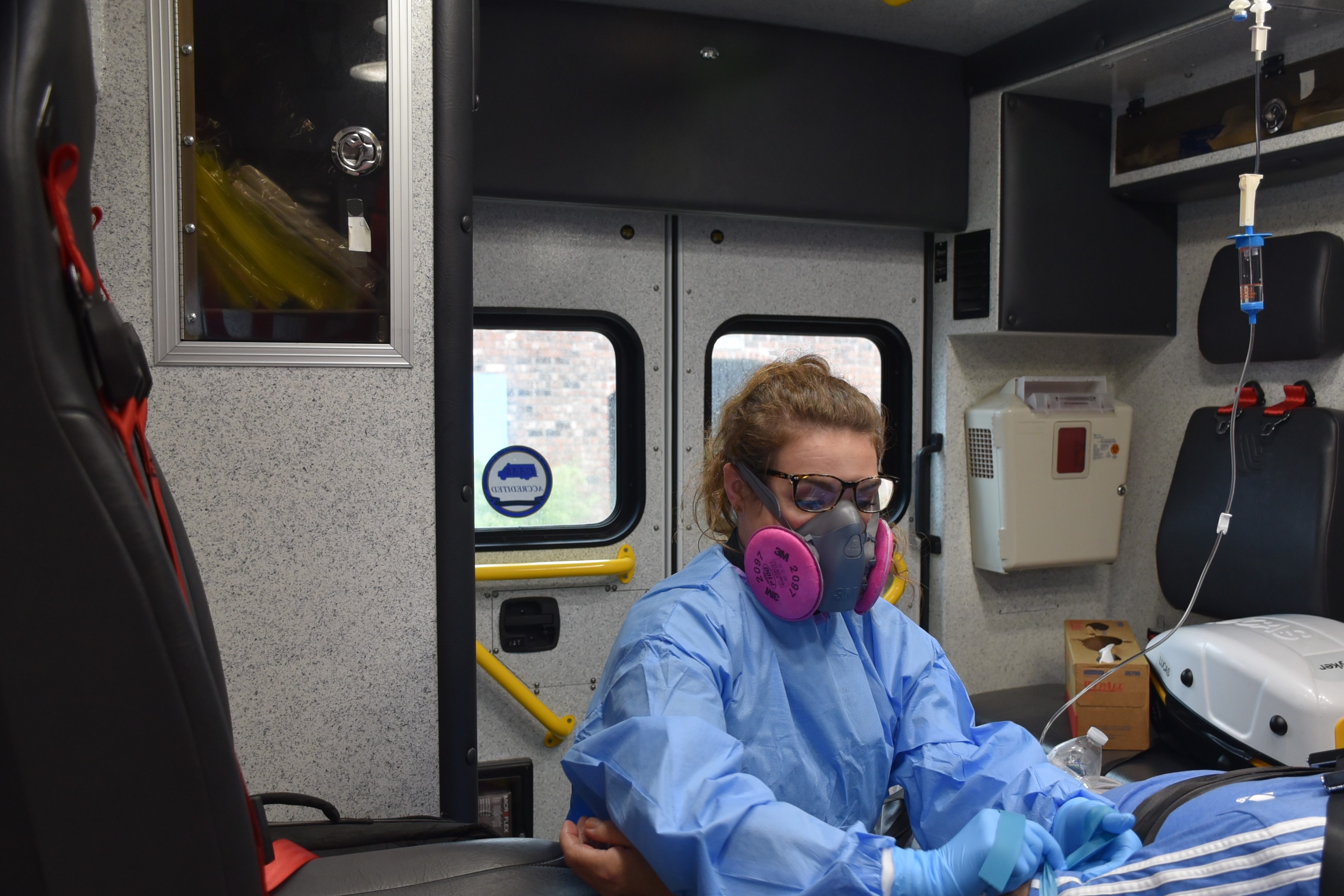In Memory of Larry Stone
STONE, Lawrence W. “Larry” Founder and President of PRO EMS Ambulance of Cambridge Passed away at Massachusetts General Hospital on October 9th. He was 75. Raised in Somerville, he was the son of the late John and Frances (Nichols) Stone. Larry served in the U.S. Navy during the Vietnam War. Upon his return from the war, Larry embarked on a long career in public safety and medical service, founding Professional Ambulance & Oxygen Service in 1969. Today, PRO EMS continues to proudly service the City of Cambridge and surrounding areas. During his years as President of the company he oversaw its steady expansion and navigated the increasing scope of services that emergency medicine provided. He was a leader in the development of inter-agency response to mass casualty events and could always be relied upon in the public safety community for rendering sound advice, born from the breath and length of his experience. Known as “225” to his colleagues and friends, Larry continued to be the driving force and conscience of his company. He has been featured in articles of the Journal of Emergency Medical Services and the Boston Globe. Larry was active in professional associations and civic affairs. He was a long time member and Past Commander of Cambridge VFW Post 299. The beloved husband of Catherine A. “Cathy” (Leonard) Stone, Larry was a devoted father to Teresa Cruz and her husband Edwin of Burlington, Danielle Santiago and her husband Javier of Billerica, and Kelly Stone-Pantojas and her husband Alex “Big Al” of Burlington. He was a loving Papa to Anthony, Ariana, Victoria, Xavier and Sofia. He was the brother of Francis, Jean, John, Sandra and Norman. He also leaves many nieces and nephews. Relatives and friends are respectfully invited to visit at the Dello Russo Funeral Home on Thursday, October 14th from 4 through 8 PM and again on Friday at 10 AM followed by a funeral Mass celebrated in St. John the Evangelist Church, 2270 Mass. Ave., Cambridge at 11 AM. As an expression of sympathy, memorial contributions may be sent in Larry’s name to the Vietnam Veterans of America, 8719 Colesville Road, Suite 100, Silver Spring, Maryland 20910. To leave a message of condolence, visit www.dellorusso.net





_2.png?width=250&height=220)









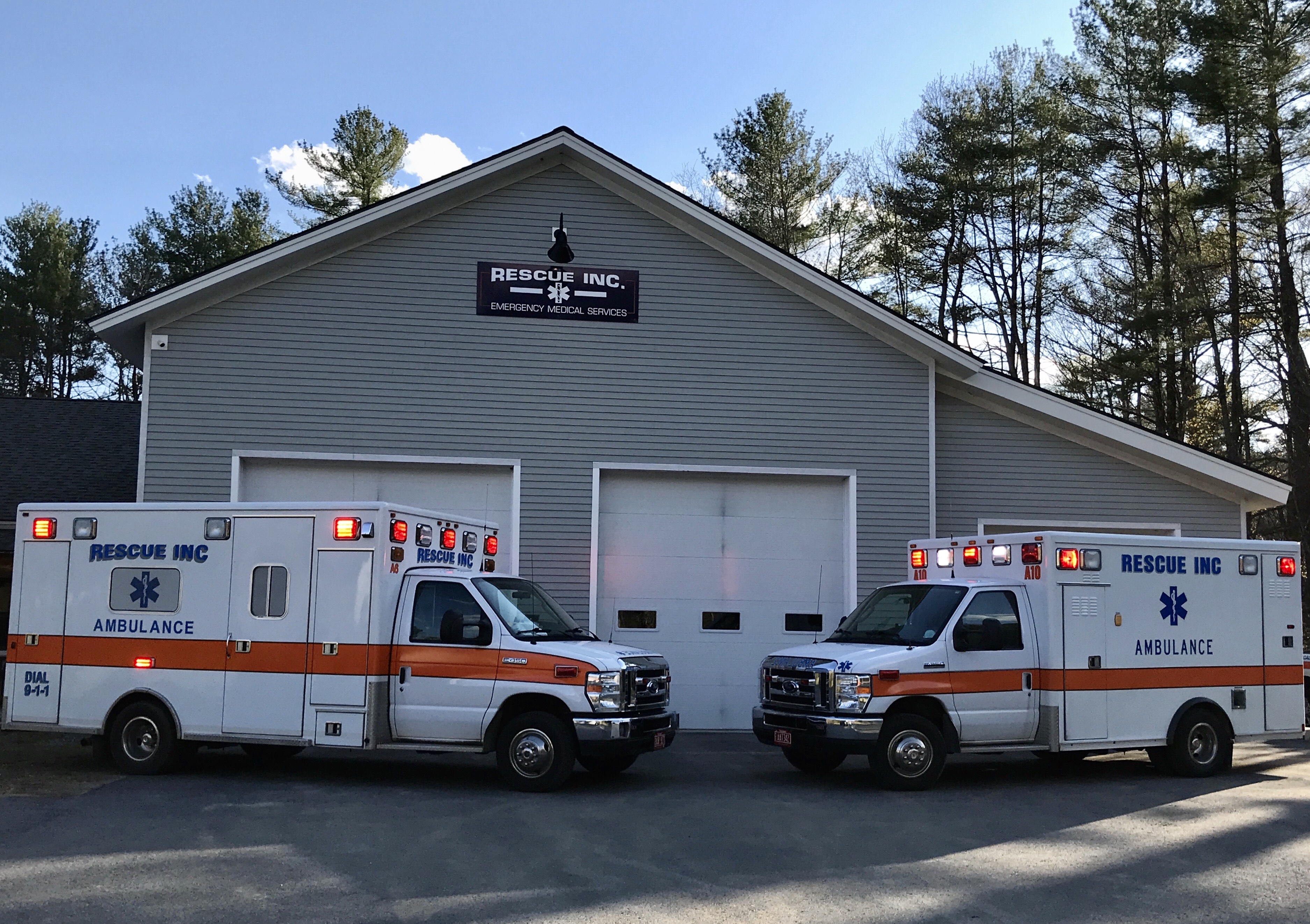 Rescue, Inc.
Rescue, Inc.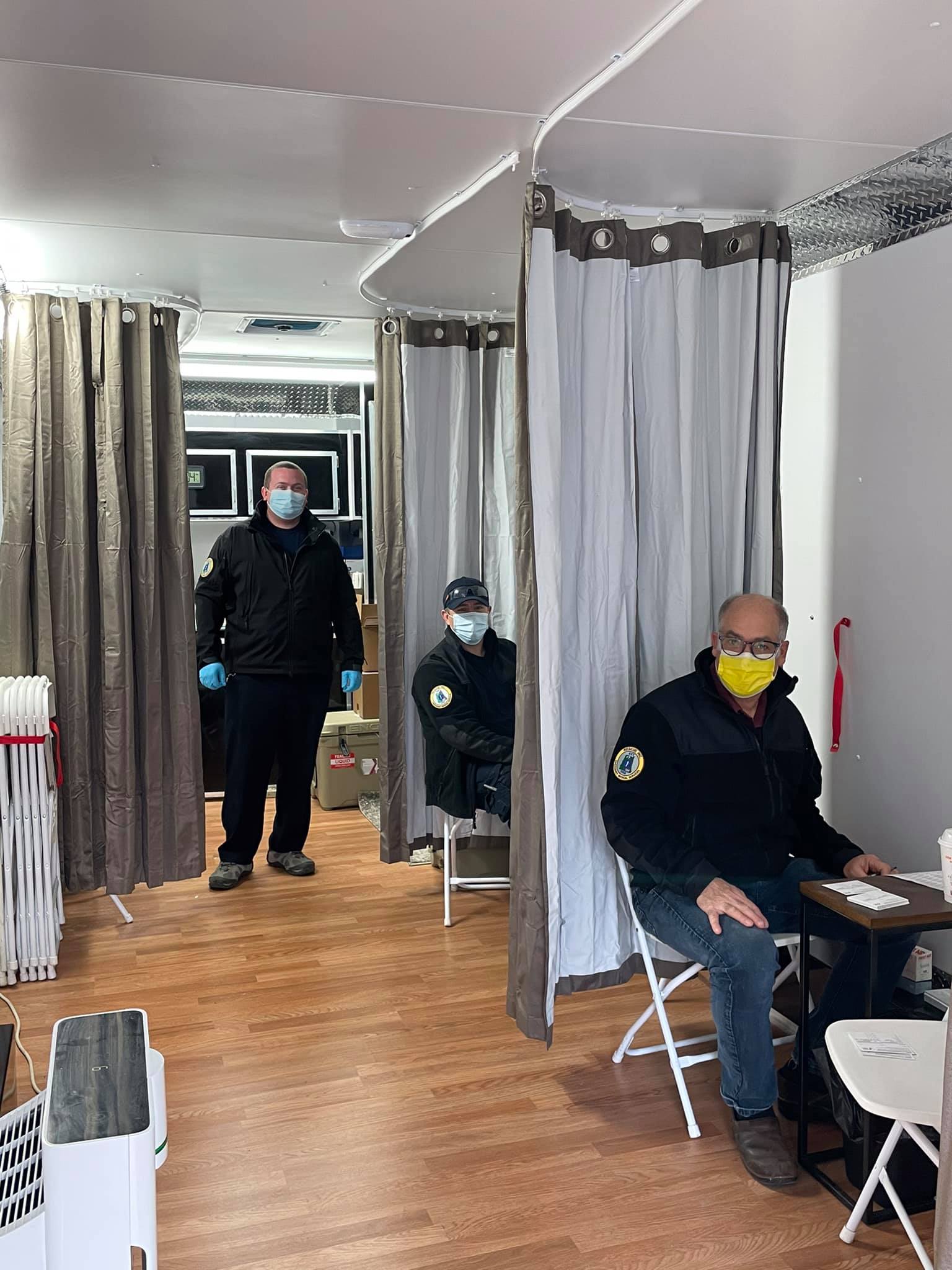 2020 has brought the challenges of COVID-19 and supply line shortages, but also the development of new programs including EMS ultrasound, EMT hybrid courses, and a mobile vaccination program to our community.
2020 has brought the challenges of COVID-19 and supply line shortages, but also the development of new programs including EMS ultrasound, EMT hybrid courses, and a mobile vaccination program to our community.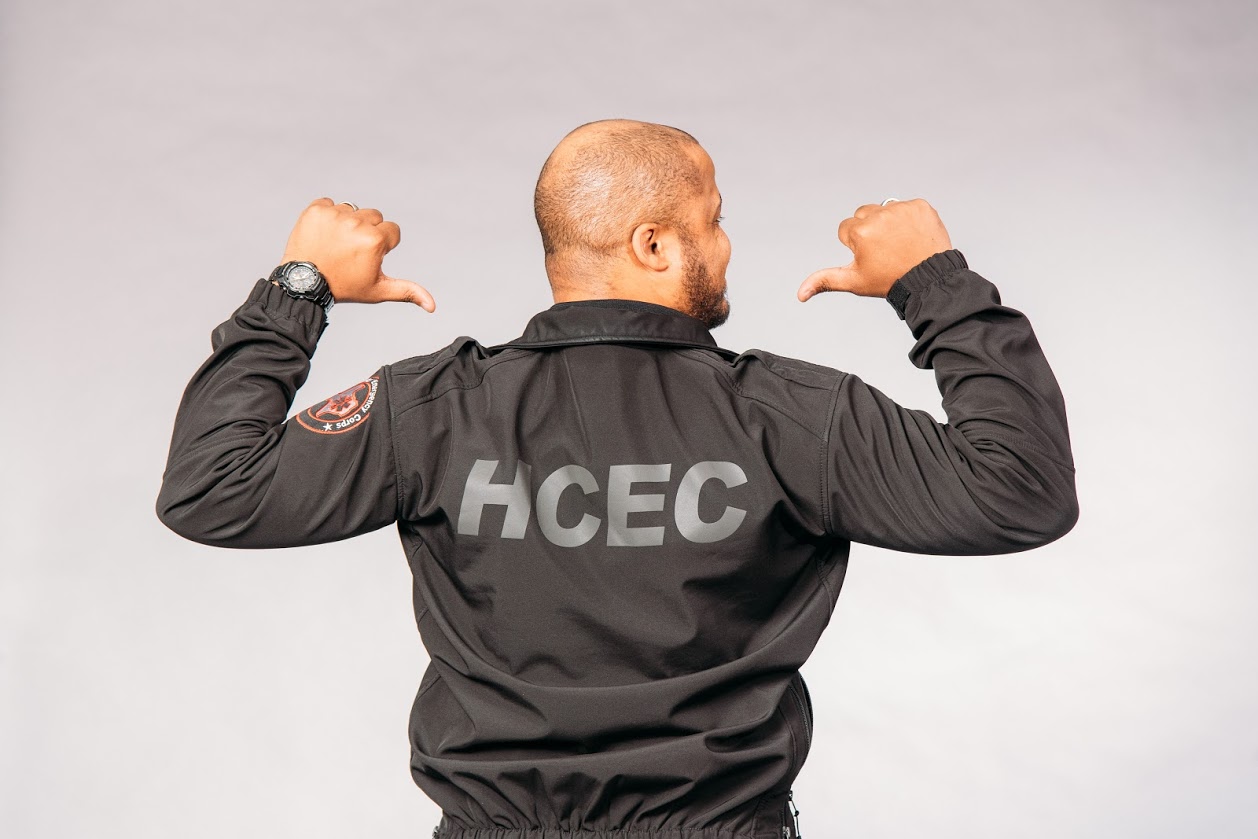 Harris County Emergency Corps
Harris County Emergency Corps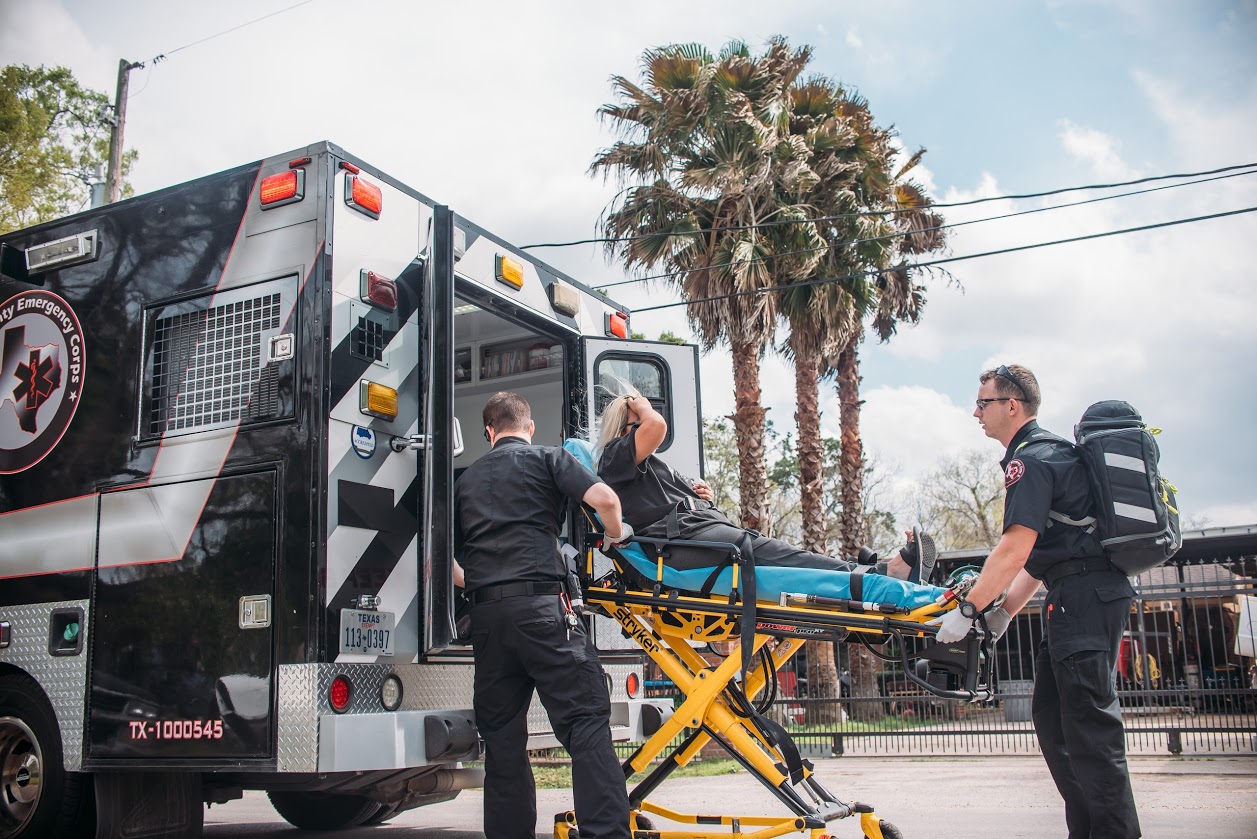 Year 2020 was a year like no other. The COVID-19 Pandemic affected every person globally, and we are still living in a world of mask-wearing and sanitizing stations.
Year 2020 was a year like no other. The COVID-19 Pandemic affected every person globally, and we are still living in a world of mask-wearing and sanitizing stations.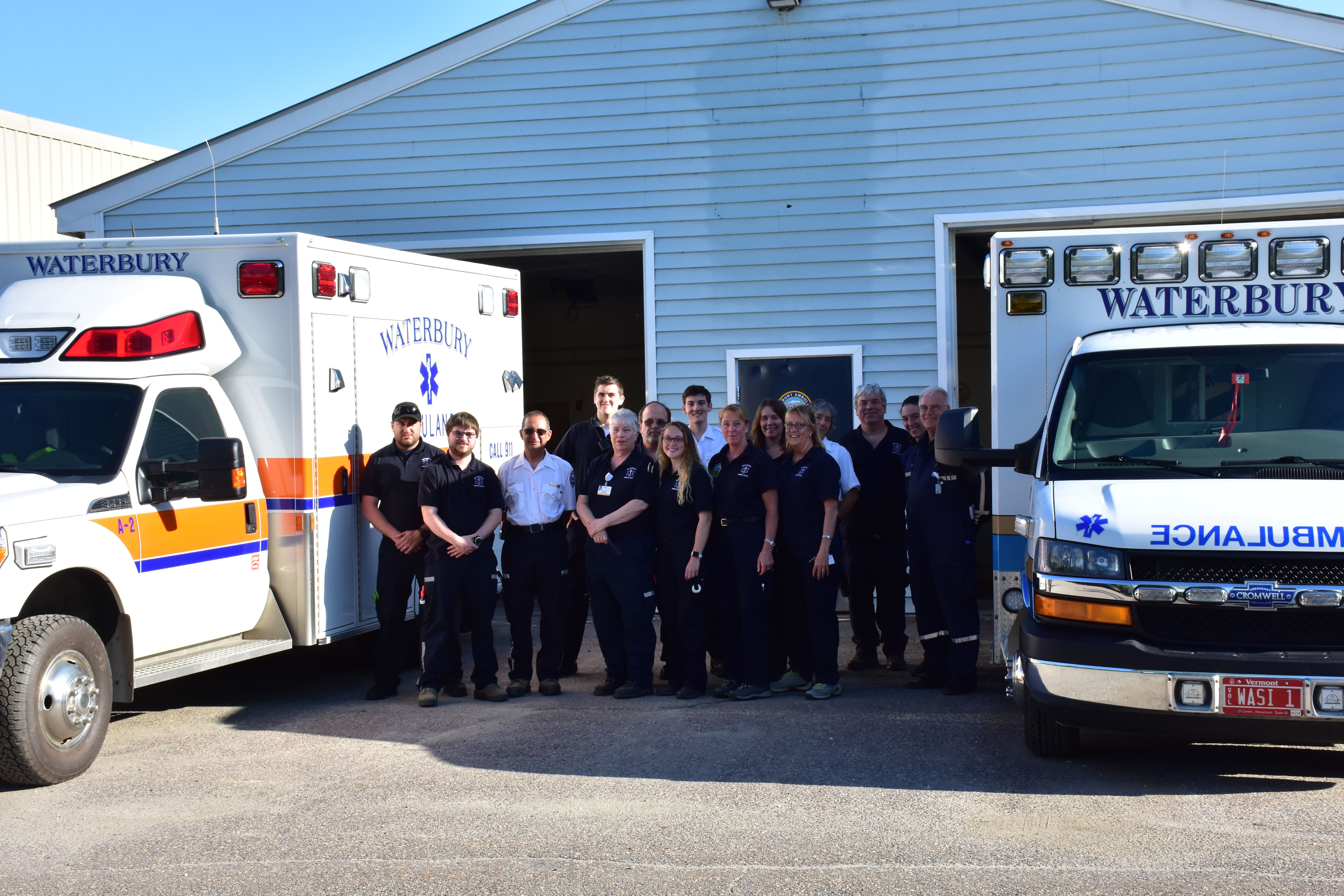 Waterbury Ambulance
Waterbury Ambulance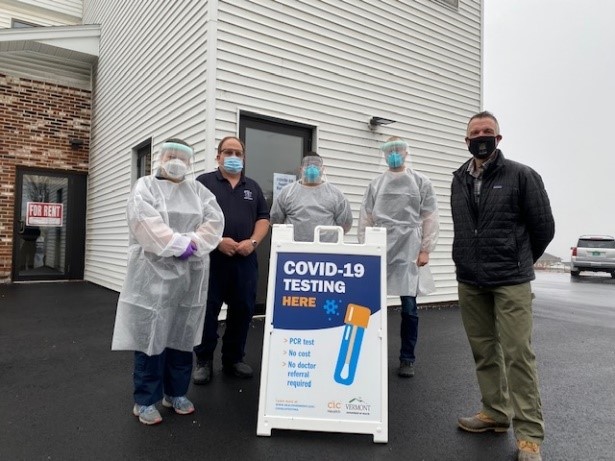 Waterbury Ambulance also supports The Waterbury Backcountry Rescue Team which was founded in 2002, in order to lead the search and rescue of patients injured or lost in areas of Vermont where an ambulance is not able to readily access. Waterbury Backcountry Rescue Team is composed of a specially trained crew of rescuers and EMTs, who locate, extricate, and field treat patients, bringing them to an area which can be accessed by ambulance.
Waterbury Ambulance also supports The Waterbury Backcountry Rescue Team which was founded in 2002, in order to lead the search and rescue of patients injured or lost in areas of Vermont where an ambulance is not able to readily access. Waterbury Backcountry Rescue Team is composed of a specially trained crew of rescuers and EMTs, who locate, extricate, and field treat patients, bringing them to an area which can be accessed by ambulance.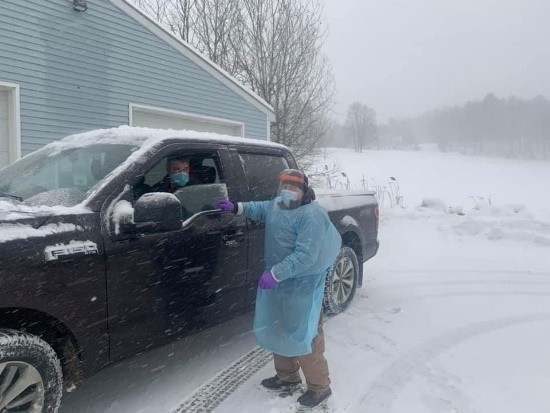 Covid-19 impacted Waterbury Ambulance by initially creating additional training and safety requirements. The team responded quickly ensuring that we provide the best possible care to our community during a scary time. The State of Vermont reached out to Waterbury Ambulance asking if we could support the state in Covid-19 testing. Waterbury Ambulance rose to the occasion by teaming up with two other ambulance services and a local ski patrol to provide testing 7 days a week at three different locations throughout our region. To date Waterbury Ambulance has provided tens of thousands of Covid-19 tests to the community. Waterbury Ambulance then hit the road providing vaccines to home-bound Vermonters. We have also helped the State of Vermont staff vaccine clinics and National Guard Clinics.
Covid-19 impacted Waterbury Ambulance by initially creating additional training and safety requirements. The team responded quickly ensuring that we provide the best possible care to our community during a scary time. The State of Vermont reached out to Waterbury Ambulance asking if we could support the state in Covid-19 testing. Waterbury Ambulance rose to the occasion by teaming up with two other ambulance services and a local ski patrol to provide testing 7 days a week at three different locations throughout our region. To date Waterbury Ambulance has provided tens of thousands of Covid-19 tests to the community. Waterbury Ambulance then hit the road providing vaccines to home-bound Vermonters. We have also helped the State of Vermont staff vaccine clinics and National Guard Clinics.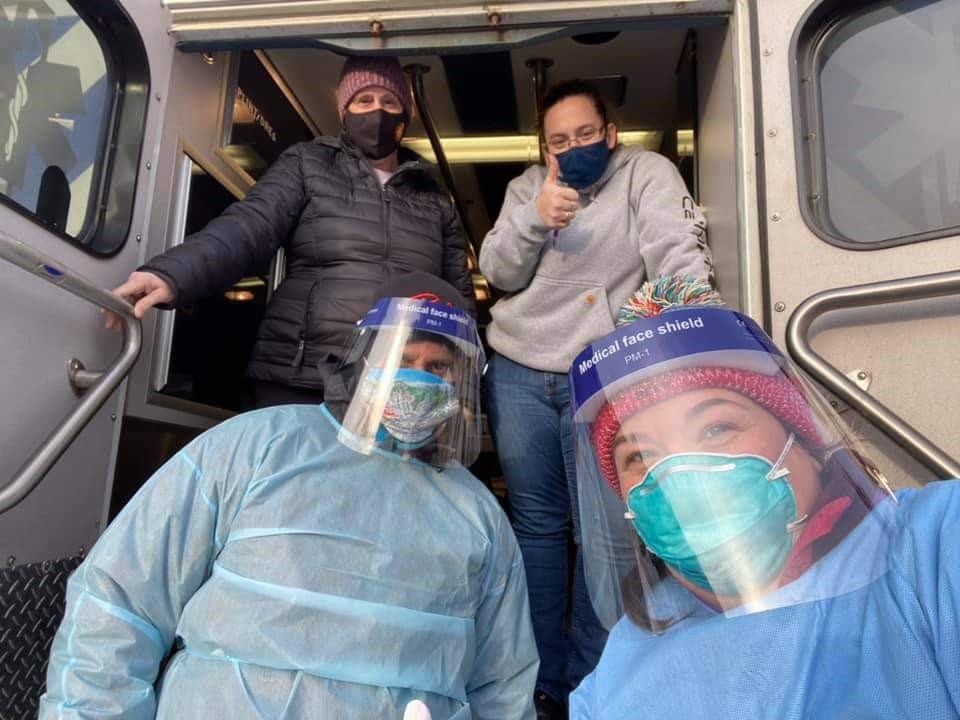 “I believe that EMS is vital because we all need someone in our times of need to be that outside person to be kind, caring, and compassionate to our personal emergencies. Someone to validate our physical & emotional pain/suffering/ distress. Someone who you can trust with your life to get you the care you need, advocative for you, and ease your worries.” -Vicki Fielding, AEMT
“I believe that EMS is vital because we all need someone in our times of need to be that outside person to be kind, caring, and compassionate to our personal emergencies. Someone to validate our physical & emotional pain/suffering/ distress. Someone who you can trust with your life to get you the care you need, advocative for you, and ease your worries.” -Vicki Fielding, AEMT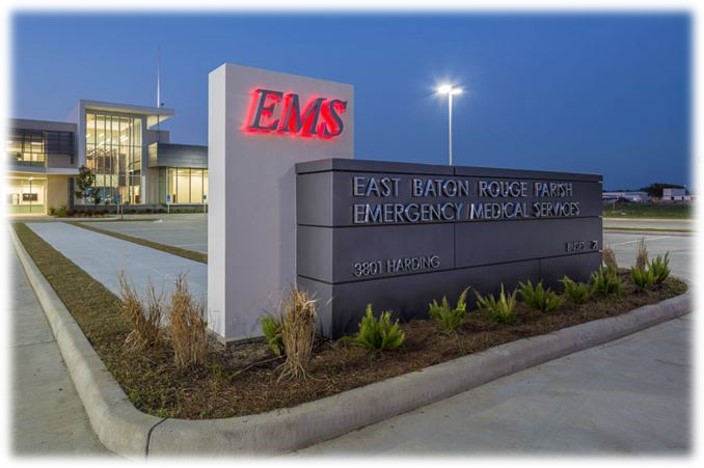 East Baton Rouge EMS
East Baton Rouge EMS A response plan to COVID was discussed in March 2020. The first order was to acquire enough PPE for our medics in the field. PPE included P-100 masks, goggles, and isolation kits. Two ambulances were converted into “COVID units” by using plastic sheeting to block the walk-through access of the units and the ALS cabinet. The units were stocked with an abundance of disinfectant and PPE. 12 medics volunteered to work on these units and only respond to COVID-related calls. The intention was to isolate the cab of the truck from the patient compartment, and limit exposure to the rest of the field by only using the assigned medics for these types of calls. 911 Operators began asking COVID screening questions, and would relay the information to the responding unit. Every patient was provided a surgical mask and the use of nebulizers was banned due to the aerosolization.
A response plan to COVID was discussed in March 2020. The first order was to acquire enough PPE for our medics in the field. PPE included P-100 masks, goggles, and isolation kits. Two ambulances were converted into “COVID units” by using plastic sheeting to block the walk-through access of the units and the ALS cabinet. The units were stocked with an abundance of disinfectant and PPE. 12 medics volunteered to work on these units and only respond to COVID-related calls. The intention was to isolate the cab of the truck from the patient compartment, and limit exposure to the rest of the field by only using the assigned medics for these types of calls. 911 Operators began asking COVID screening questions, and would relay the information to the responding unit. Every patient was provided a surgical mask and the use of nebulizers was banned due to the aerosolization.